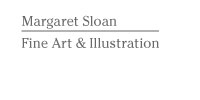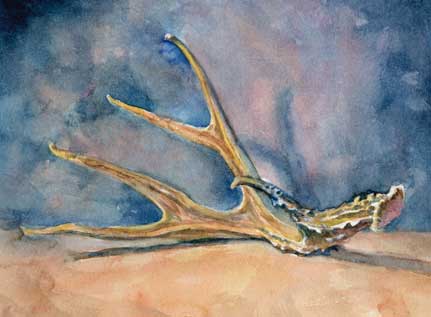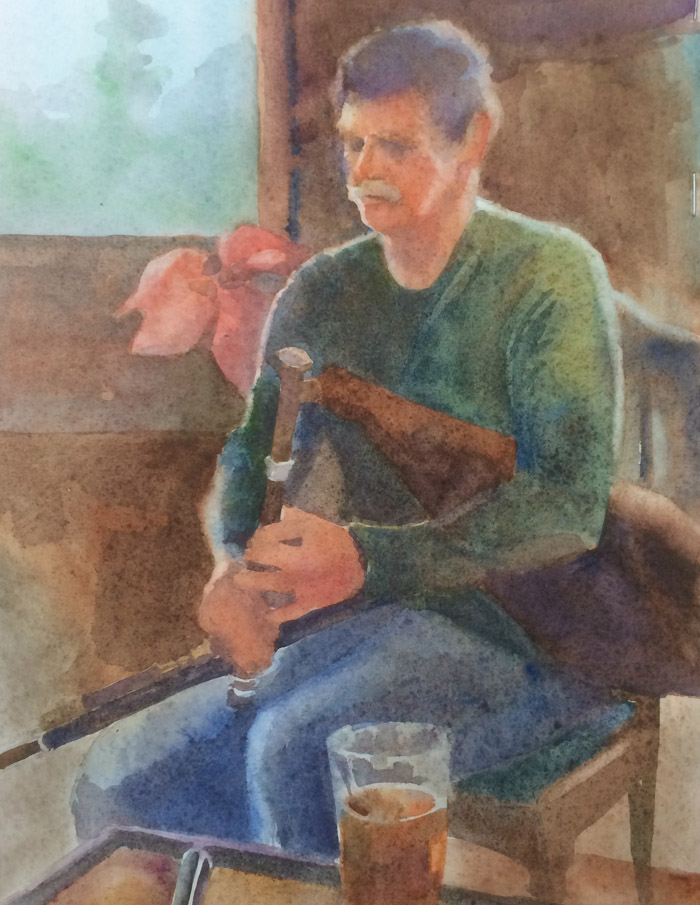
1:50 am Saturday morning
The storm woke me.
Well, really, anxiety woke me. My nerves shrieked like a bad actor chewing the scenery while an orchestra of winds howled around the house. With it’s ever-present sub-text of grief, my brain wouldn’t stop the reel-to-reel predictions of doom, of tall trees crashing through the roof, of branches flying through windows, of chaos and destruction.
I always worry about heavy wind in the Sierra. Trees surround our house. Big trees. Trees weakened by drought, anchored into the earth with withered roots. And the earth, sodden by days of rain and ten inches of melting snow, tends to give way easily; picture trying to stand a spoon in a bowl of pudding.
This is the second series of storms that started Friday evening, when the first storm dumped snow on us and wrapped the world in white in less than an hour. I barely made it to the gate of the development where I live; once through, my car—a flat-lander car sans chains or 4-wheel drive—wouldn’t climb the hill. Instead, I parked the car and walked the last mile to my house, through fat wet flakes that obliterated every step in minutes.
For whole minutes at a time, while I slithered up the slushy highway, while I slid the car to the side of the road, while I broke snow through the front yards of neighbors, while I marveled at the darkly luminous night, I didn’t think about my mom. Small mercies.

Voices in the snow
Next morning, when the light rose slowly, a heavy fog curtained trees that were lumpy with snow, and more snow—flakes now like soft cotton squares—drifted down.
All day Saturday, between bouts shoveling and extricating my car from the side of the road*, I walked miles through the snow, enjoying the crunch under my feet, the freshness of the air, and the smell of snow that is a non-smell, a fresh scent, blue and sharp and nothingness. I thought perhaps I could exhaust myself so that I would sleep through the night.
Wet black oak branches curled and scribbled against the white landscape, scrawling hieroglyphics that I tried to read. A grove of horse chestnuts looked like they were dancing a slow circle-dance. Cedars drooped under the weight of the snow, and ponderosas stood like snowy sentinels. It was like a National Geographic photo. Reflexively I thought, I’ll call mom, or send her some pictures of this. She loves to watch the weather so. I though of her at home, sitting on the couch reading the charts and diagrams in the newspaper every day, imagining the atmospheric conditions that affect her kids and grandkids in their far-flung homes.
And just as reflexively I thought, I can’t call her. She’s not there. The phone would ring and the answering machine would pick-up, or my father. And he will no longer say, “Let me get your mom. She’s right here.” Although my dad and I talk twice a day now, holding each other up as we wade through our grief, the absence of those words, “you wanna talk to your mom?” makes me ache.
I began to cry as I walked down the deserted street. I called out, “Hello mom,” and the memory of her voice reverberated.
“Hey, sugar,” I imagined her saying.
“Momma, where are you?” I said out loud, and her voice in my head said, “I’m here.”
“I can’t find you,” I said. “Come home. Come back. I miss you.”
And I remembered that she can’t come back. Her body is ash now; it fills a box hidden in the closet in one of the bedrooms; we can’t stand to look at it. Her voice in my head faded, drowned perhaps by my sobs, ugly in the snowy stillness. I cried noisily until I passed a man in a blue track suit shoveling snow at the bottom of his driveway. He looked at me, leaning on his shovel and scowling with discomfort. I choked back my tears; it’s a small community and perhaps I will soon get a reputation as a crazy lady.

Dramatic break? Not so much.
By midnight on Saturday, strong winds blew in, and the keening as they knifed by the house woke me. In a bad fantasy movie this would be the dramatic break: overwhelmed by grief, I run out into the storm, nightgown plastered fetchingly to my body as I wander aimlessly but with great emotion through the lashing winds. Trees rock and roll, then crash down, barely missing me, and I sob in the mounds of greenery until a strange old woman finds me, leads me to her little house and feeds me hot drinks so bitter they sting my tongue but bring sleep until morning sun breaks through mullioned windows. There’s a denouement. I’m still sad, but healed, and able to walk through honey gold sunshine into a brand new life.
Feh. My life is boring. There aren’t any mysterious, magical old women living in cottages near by; just retirees and working moms. I’m too much of a wimp and too old to be an ingenue scampering helter-skelter into a storm. Instead, I took an anti-anxiety pill and sat in the little room we call the library, writing this post until the medication smoothed the jagged edges of my nerves and grief. They are small white lozenges the doctor prescribed when I told her that I suffered severe panic attacks after my mother died; I don’t like taking them, but the doctor explained they are medicine, so I take as directed when the anxiety shouts too loud. Outside the storm still rages, but an hour after taking a pill I don’t care as much. My nerves have settled down, writing helps quiet my mind, and eventually, around 4 a.m., I’m able to sleep, despite the winds rocking the cedars and pines and shrieking around the house.
*I want to give a big shout out to my neighbors, G. and his son, K., who helped me shovel snow and free my car. You know who you are! Your kindness touched me deeply. Small gifts like that are amazingly helpful to soften grief. Thank you.















